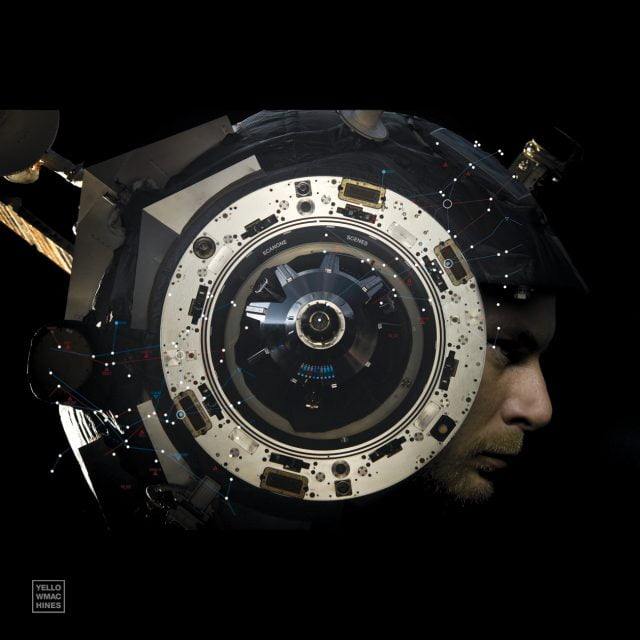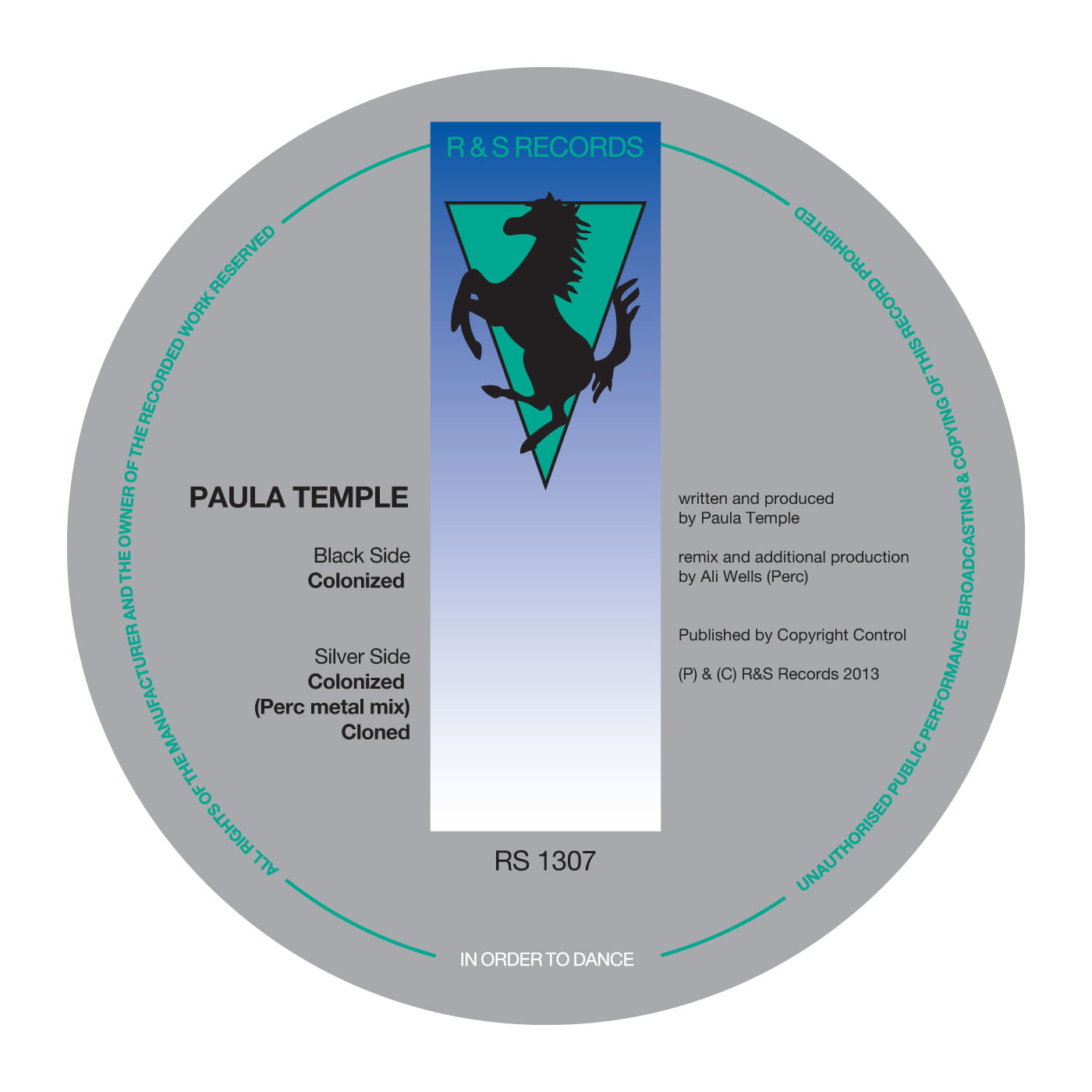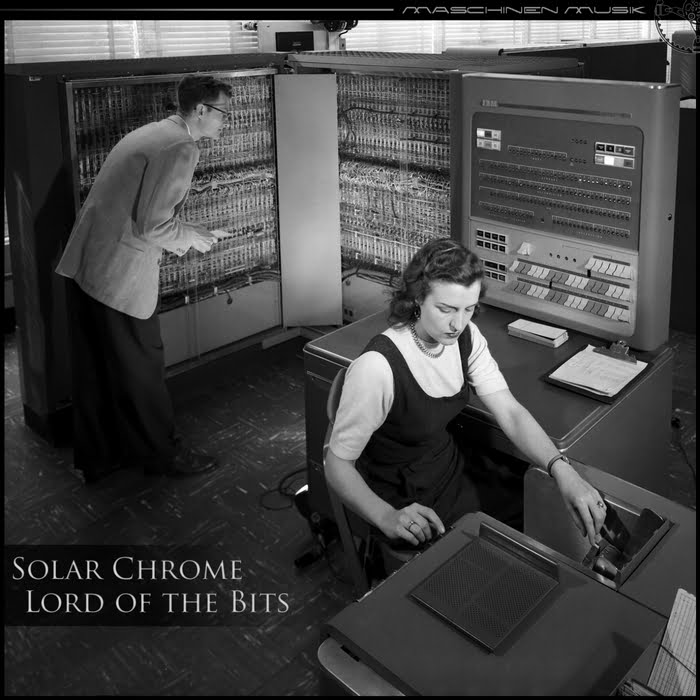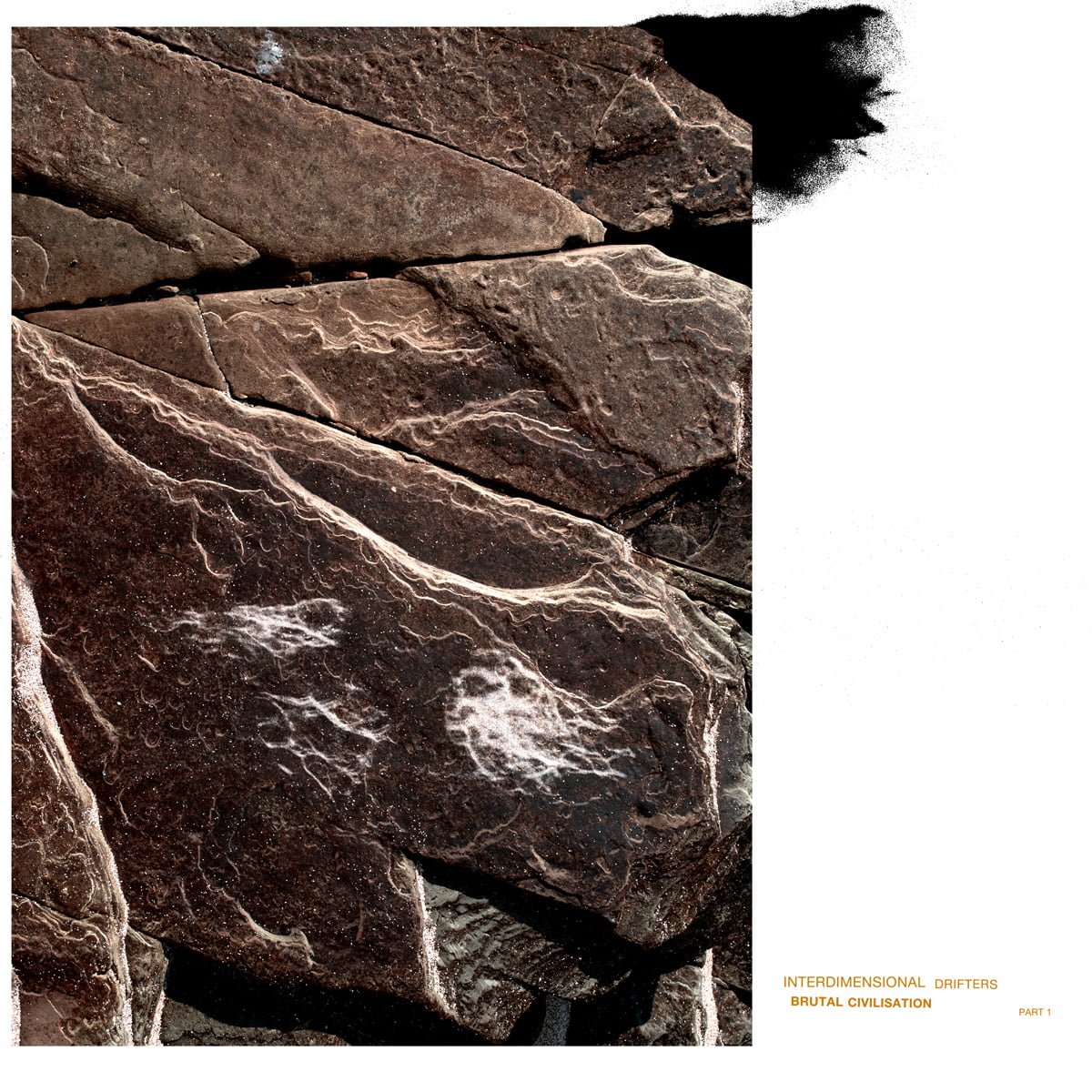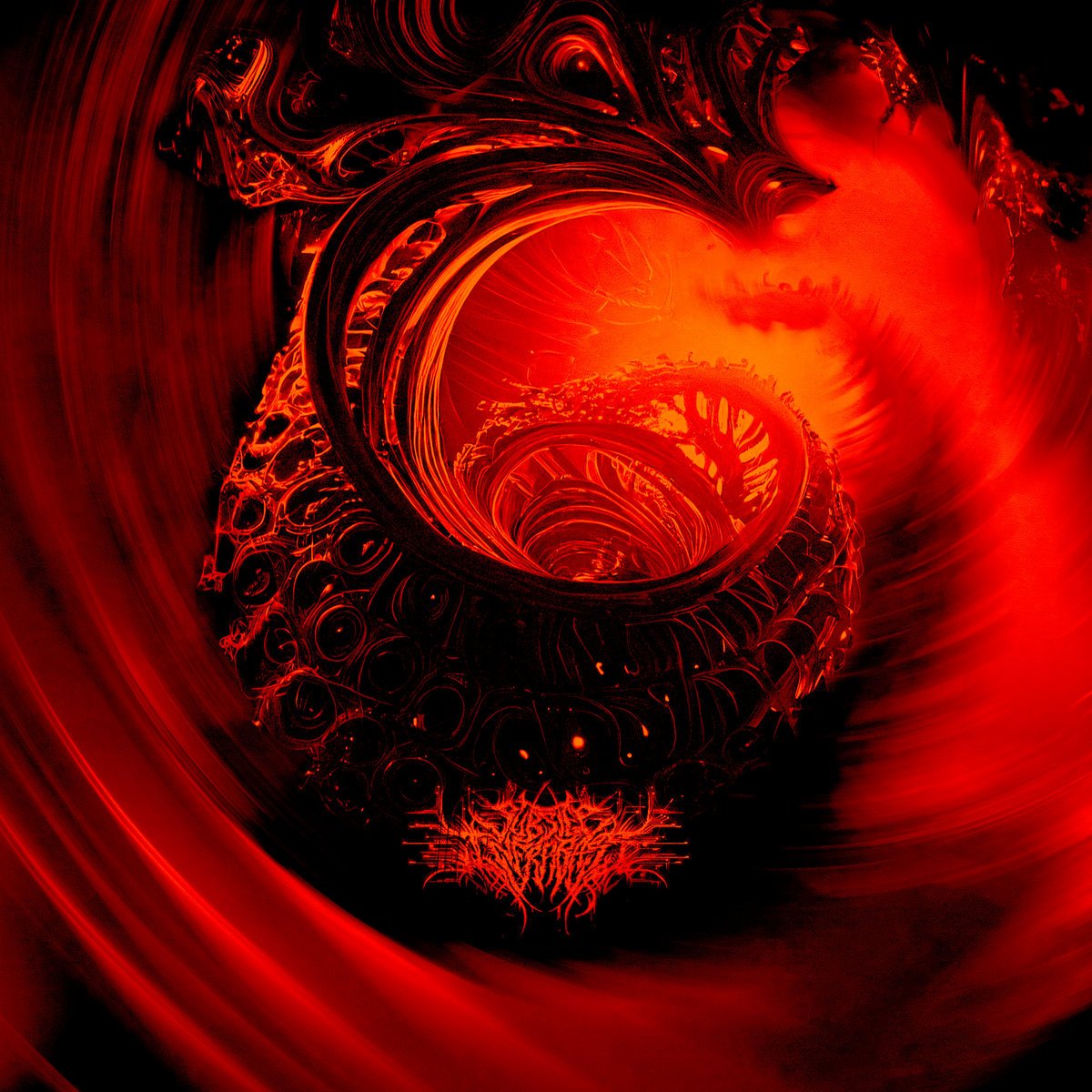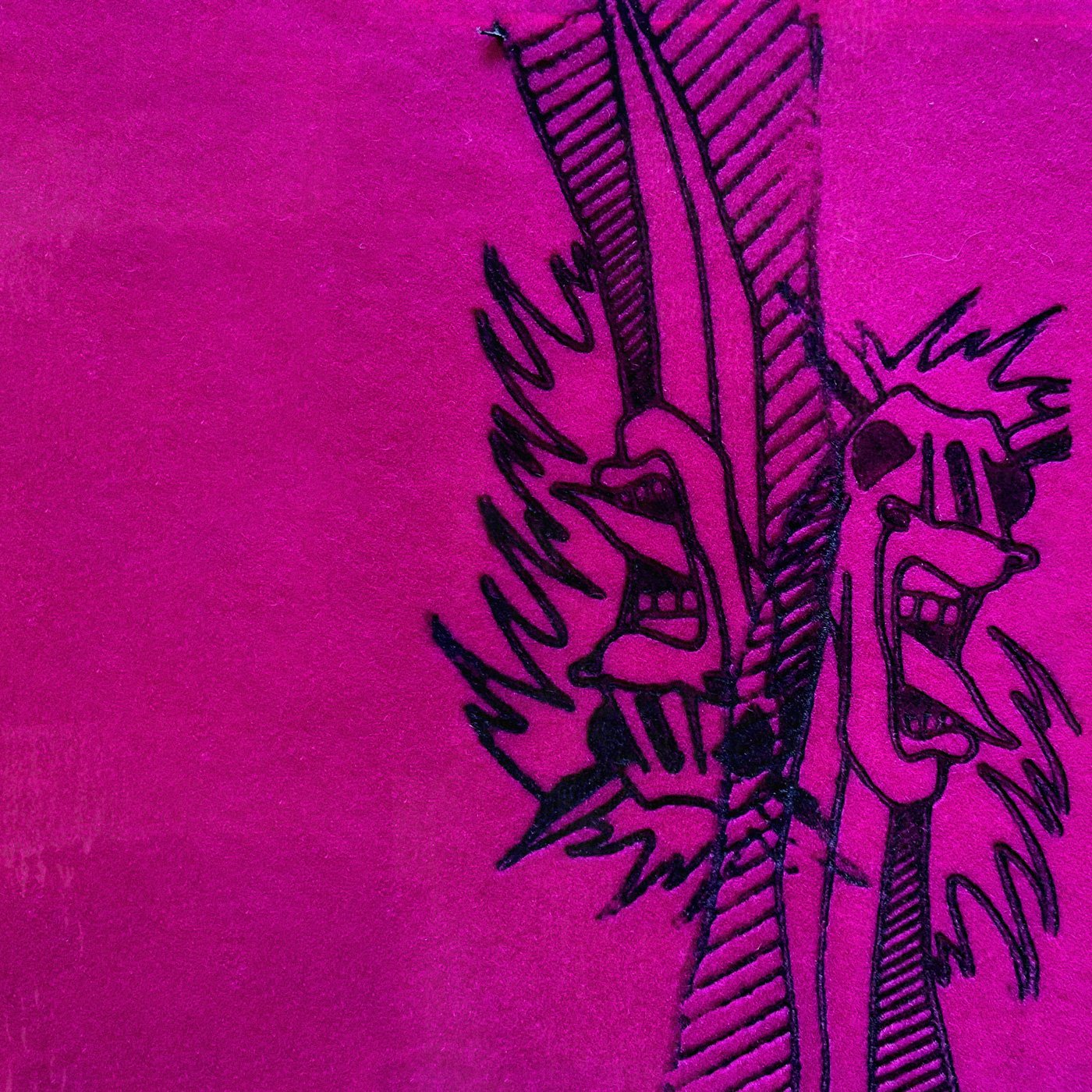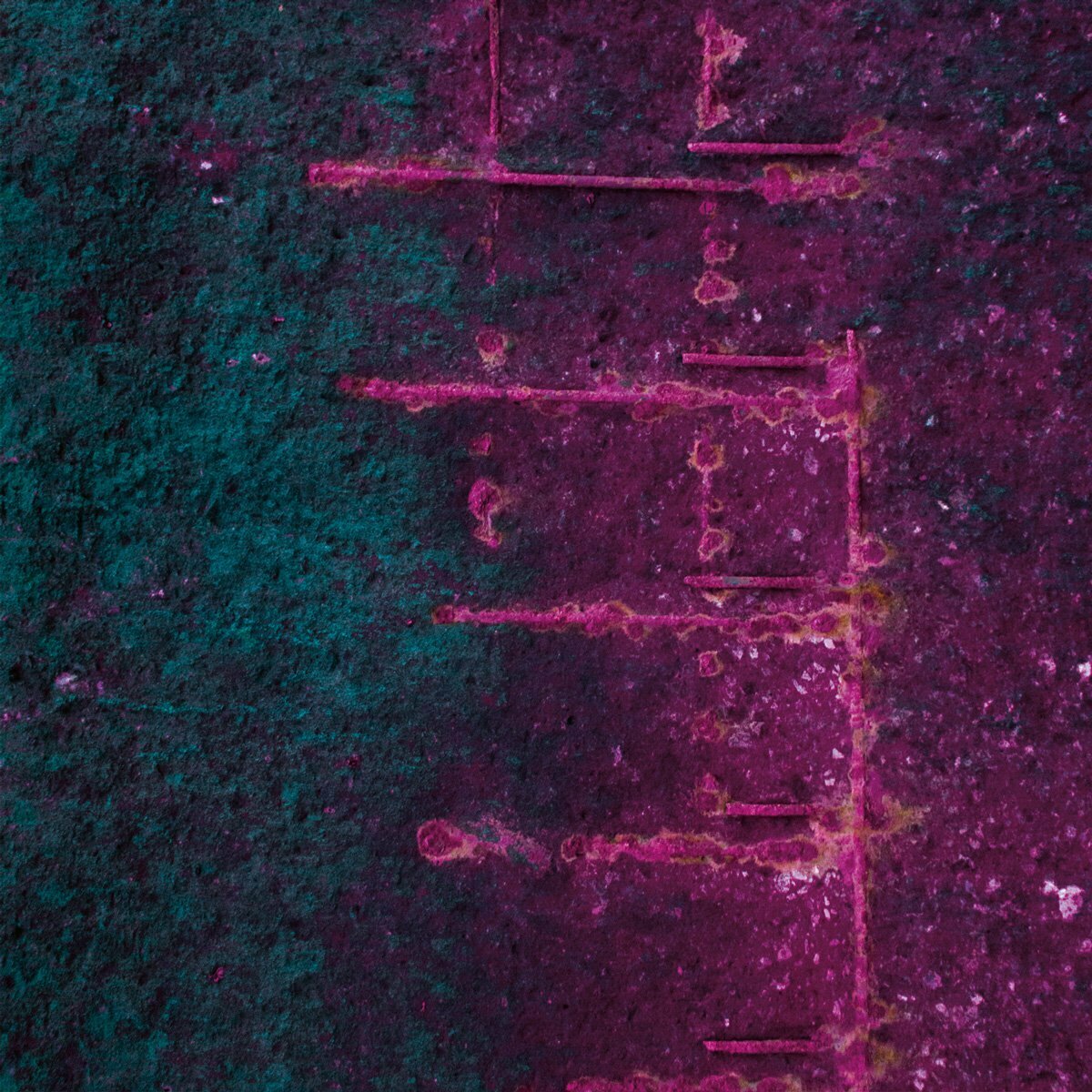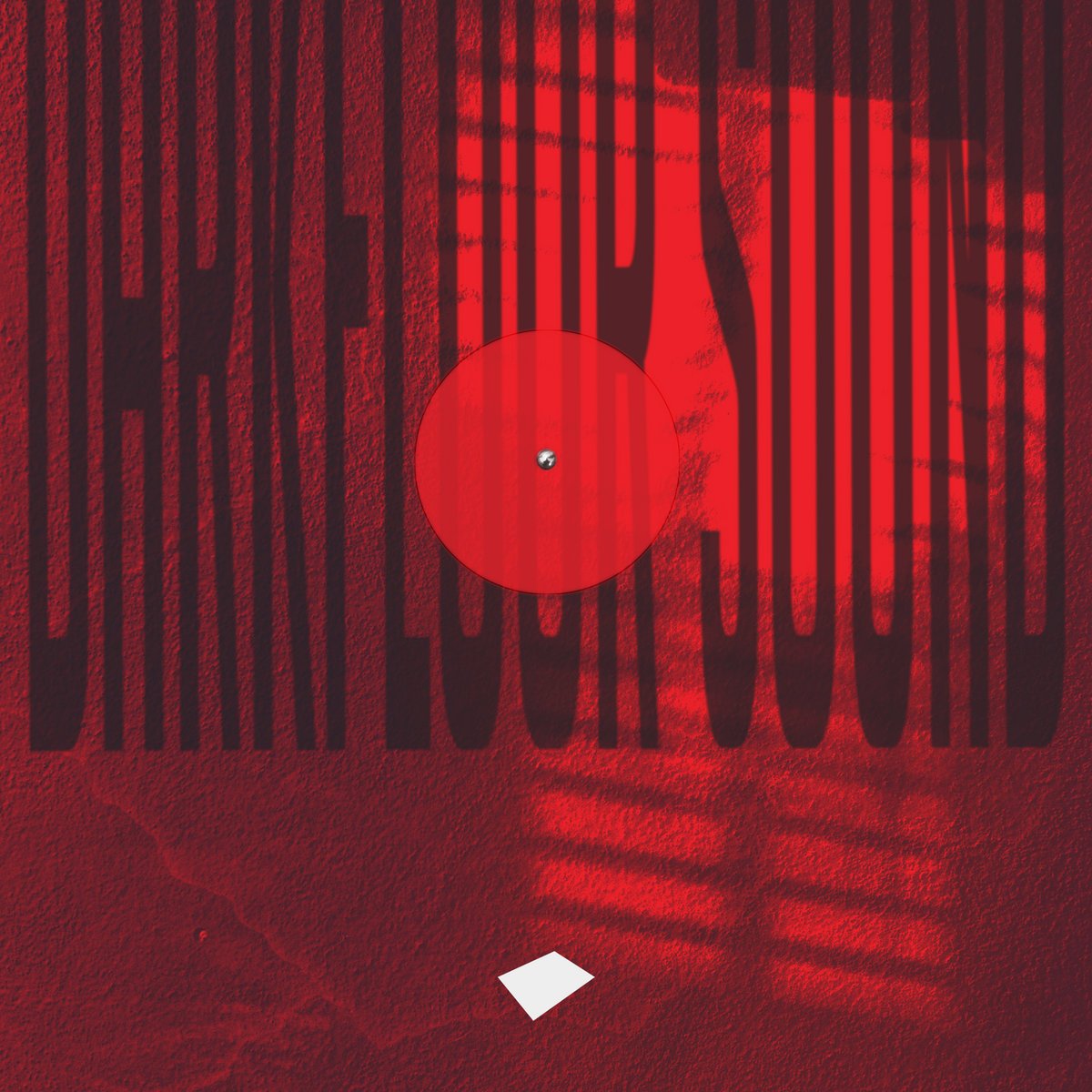Scanone – Scenes EP on Yellow Machines
“Cinematic” must be one of the most horribly abused words in music reviews and PR guff. The concept of “writing music for an imaginary film” has been used so often, and frequently seems to be an excuse for an act to write loops that don’t really go anywhere, or to add a few strings to an already tired template in the hope that listeners will imagine some kind of depth exists.
Scanone’s ‘Scenes‘ EP hits every single one of those tropes in the first paragraph of its press release, going on to describe the release as “a journey” containing “dark brooding synths”, “narrative”, and “rich lush pads”.
So far, so reliably clichéd.
And yet…
With 13 years of releases behind him, Jude Greenaway has the kind of back catalogue that provides a glimmer of hope that he might have been able to do something impressive with such an overplayed concept. Releases on Combat Recordings and Yellow Machines (home to this EP) have given him an enviable reputation to live up to, and the clear sci-fi bent of the track titles give an indication of the textures contained within.
Opener Moon 2 begins with a combination of filtered radio static and a melody drifting and floating around the audio field. Some combination of Rhodes piano, reeds, synth bass and string tones makes it hard to pick out where the tune will settle. The addition of hissing hats and clicking industrial snares brings the beat in, before the addition of some reversed synth stabs – which I swear have been nicked from Breakage’s Together – herald the arrival of a great IDM/electro beat. While the changing tones and melodies may seem “cinematic” on paper, this is a definitely danceable groove; enough depth to reward the home listener, but miles away from some monotonous “dancefloor” beat.
Scene 7 begins with a muted rendition of Moon 2‘s chord progression. As with the new BoC album, this helps draw the tracks together, giving the impression that the tracks are part of a whole, using and re-using motifs in different contexts to give the feeling of some continuous plot. Running at almost 10 minutes and taking up a third of the EP, one could argue that this was the centrepiece, but with the melody initially shrouded in foley recordings it takes a long time to kick in. When it finally does, the beat is gentle – clicking staccato chirps and bell tones panned around the listeners head. The lack of any kind of kick drum suggests that you won’t be hearing it in a rave any time soon, and for a 10 minute track there’s little melodic variation, but it holds your interest and creates images in the mind – which I suppose a cinematic release is supposed to do.
Darklight switches up again, starting with a sharp-edged beat and some Photek-circa-Modus Operandi pads. I’d argue that this wouldn’t work that well in a film itself, the beats are too busy to work under dialogue, and would be too distracting elsewhere. It works best as it is: a piece of music to be enjoyed in and of itself. As a fan of glitch edits and subs, this easily holds my attention – the heavily reverbed snares dance around the grid while remaining resolutely head-noddable, but it’s one for home listening. Naturally, this is followed by Vox Eight, which discards everything that has happened up to that point and brings in a thick synth bassline and kicks-a-plenty. A couple of sparingly used vocal samples and a chirping music box lead add more levels to hold your engagement, and yet this is easily the most danceable track on the EP, and at under 4 minutes, could almost be played on the radio, if they have radio in whatever sci-fi dystopia the imaginary film is supposed to exist in.
Menace 44 finishes the EP, bringing a lurching dubstep groove full of depth charge subs and brooding bass growls, although it’s only halfway through that the track opens up and the previously skeletal rhythm is engulfed in pads, disappearing a minute later to gently fade away into the background.
All in all, a fantastic release, and a worthy addition to an already rewarding back catalogue. I might even begrudgingly admit that “cinematic” is an appropriate term to use, in places. As long as the imaginary film stays imaginary, I’ll be happy.
Released – August 2013.

